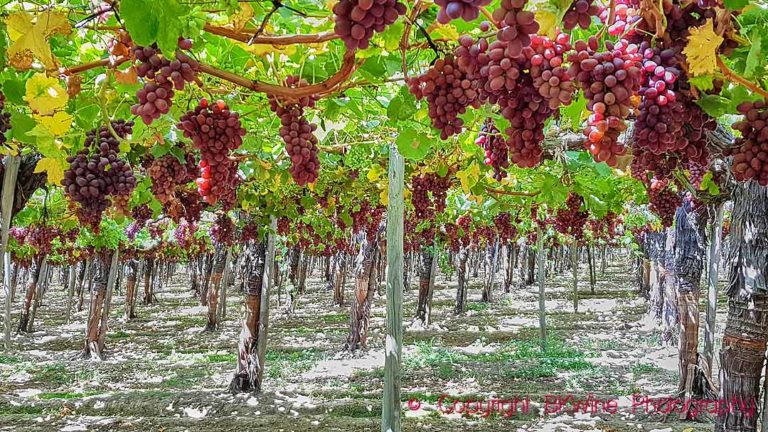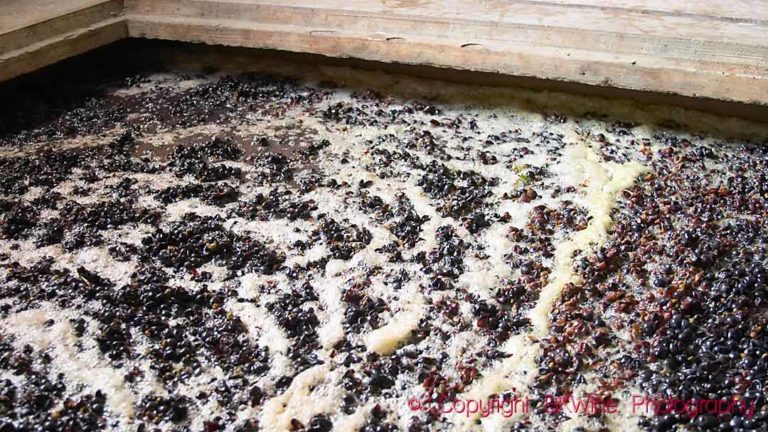The mission grape was brought to California in the 18th century. It had already been grown in Mexico and South America since the 16th and 17th centuries, where Spanish missionaries planted it. The Spanish name for the grape is listán prieto; in Chile, it is called país and in Argentina, criolla chica (“Criolla, Argentina’s unique grapes”).
Listán prieto is still present in the Canary Islands (“Amazingly fresh wines from the warm and windy Canary Islands. Who would have thought that possible? | Britt on Forbes”) but is almost completely gone from the Spanish mainland.
Mission remained California’s most cultivated grape until the second half of the 19th century, when other European grape varieties were introduced, not least zinfandel. But mission has stuck with some growers, and today some of them discover with surprise that the character of the grape – light colour, easy-drinking, juicy, low tannin, low alcohol content – is in vogue. Small, creative winemakers are now queuing to buy mission grapes from grape growers in Lodi in the Central Valley, often from old vines.
Also, in Chile, país has something of a renaissance. The grape’s light structure and low alcohol content attract consumers who are either tired of heavy, oaky red wines or want something different now and then.
Read more about the mission grape in the California wine district Lodi: LodiGrowers
Travel: Come on a wine tour to Chile and Argentina to explore mission/listan prieto/pais with BKWine.










